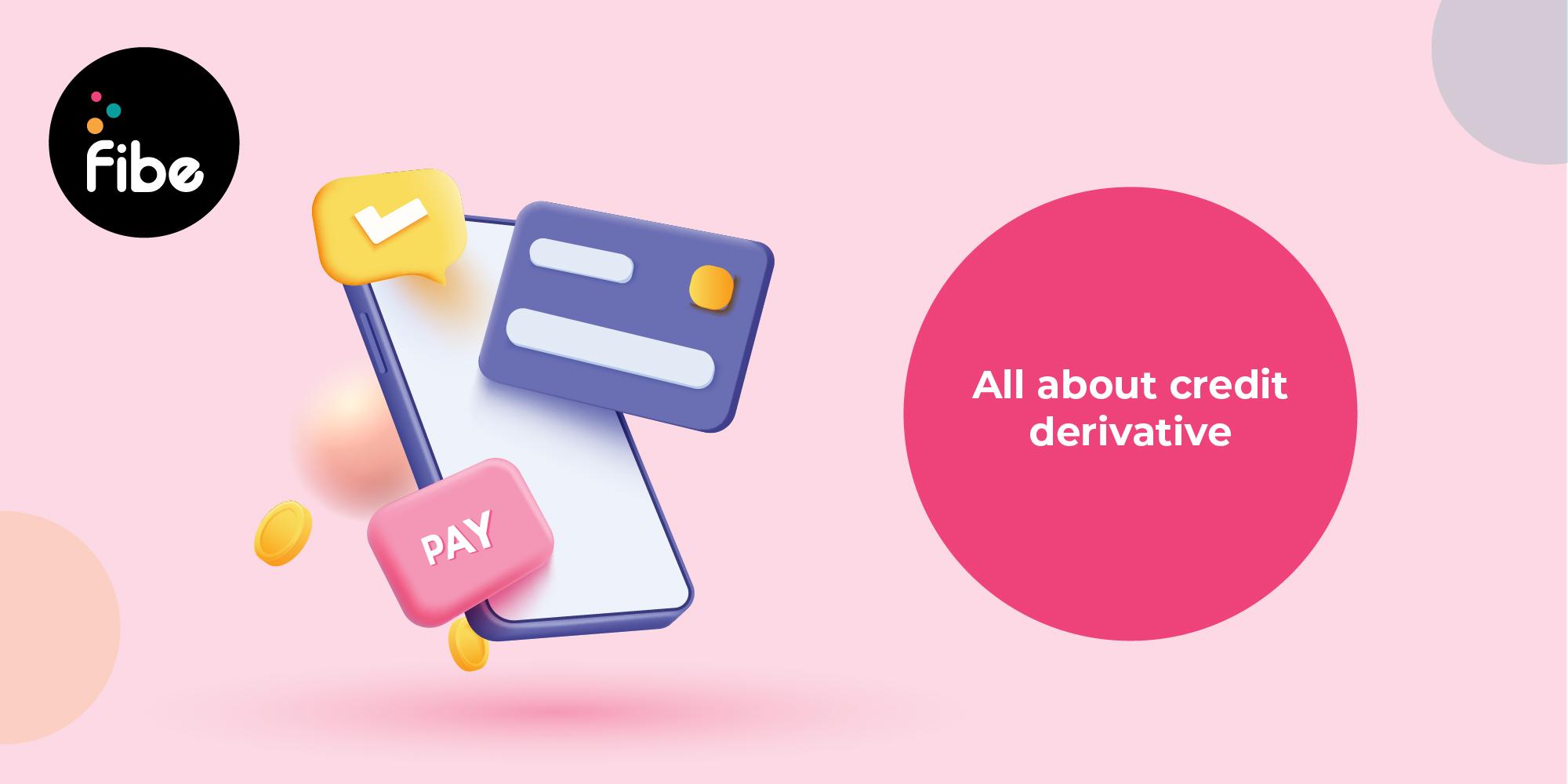
Credit derivatives are a type of financial contract that helps parties minimise their credit risk. Two parties hold these negotiable bilateral contracts privately and trade them over the counter.
In credit derivatives, creditors can transfer the credit risk of a debtor to a third party. In exchange for taking the credit risk, the third party receives a premium. The value of these derivatives relies on the value of the underlying asset.
Read on to learn more about the types of credit derivatives, their benefits and more.
Check out the various types of these contracts.
These do not involve fund transfers from one party to another. These types of contracts rely on a promise of payment only when the borrower defaults. Here are further classifications of these funds:
Under a CDS, the derivative buyer pays a premium regularly or swaps the spread to the seller. The seller, in exchange, makes the payment as per the specific conditions of the credit derivative in case the underlying borrower defaults.
These are a financial derivative that provides holders with the right, without obligation, to enter into a contract at a specific strike price on a future date. In simple terms, holders have the ability to transfer their credit risk to another party in exchange for a fee.
This instrument allows the exchange of total returns of securities between two parties. In this type of derivative, one party agrees to pay the total returns to the other party. The other party, in exchange, agrees to pay a predetermined fixed or floating interest rate.
The total return includes the price change of the security or portfolio along with the income generated by it.
Also Read: What Is Credit Review?
These are financial contracts that use collateral or other funding mechanisms to transfer credit risks from one party to another. Here are the other types within this classification:
This is a derivative in which the holder receives a part or full repayment of the face value of the bond in case the borrower defaults. On the other hand, if the borrower does not default, the note is redeemed on maturity at par.
The former stores the funds used for purchasing it in a collateral account. This serves as security against the underlying borrower’s credit risk.
This security pools a group of loans and sells their tranches to investors. Asset managers store the funds used to purchase the security in a collateral account. In case the underlying borrower defaults, these funds help repay investors.
It is a financial instrument structured as a debt security, which relies on the performance of an underlying benchmark. These benchmarks include a basket of bonds or a stock market index.
Compared to traditional investments in bonds or equities, these derivatives offer higher returns and lower volatility.
Apply For Instant Cash Loan In 5 Minutes
Now that you know the credit derivative meaning and the various types of contracts, check out the associated benefits.
A significant benefit of these financial instruments is that they help manage risk by providing a mechanism to transfer risk. This, in turn, protects participants from exposure to defaults and helps avoid potential losses.
These instruments also provide investors with a medium to diversify their portfolios. They do so by allowing them to gain exposure to various types of credit assets and manage risk across a wide range of entities and sectors.
Another benefit is that they help enhance market liquidity by offering a mechanism for participants to transfer their credit risk to another party.
These instruments offer market participants an opportunity to get good returns as well. They help investors invest in assets that have a higher credit risk and offer higher gains. Also, they improve the pricing of assets, which helps in efficient capital allocation.
Now that you know what is a credit derivative, use it smartly to reduce your credit risk. By eliminating it, you can diversify your investment portfolio effectively and benefit from enhanced liquidity.
Another option to bridge monetary gaps is to opt for the Fibe Instant Personal Loans of up to ₹5 lakhs. Apart from a quick sanction, you benefit from minimal paperwork and a simple application process. To start the journey, download the Fibe Personal Loan App or register on the website.
Credit default swaps (CDS) are the most commonly used type of credit derivates.
A credit derivative consists of two parties, a creditor and a debtor. These privately held contracts are negotiable and traded over the counter. They help minimise credit risk, providing higher liquidity and better risk management.
A credit derivative relies on underlying instruments, including bonds, loans and debt obligations, among others.